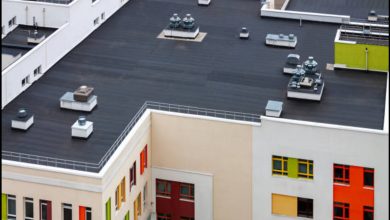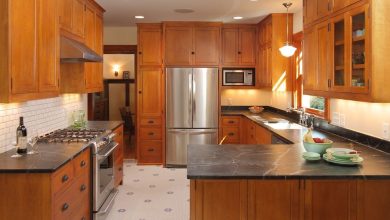The Real Difference Between Standard Builders and Specialized Detention Equipment Contractors

Not every builder is trained to create environments built for safety, control, and long-term security. Detention facilities have unique needs that go far beyond regular walls and doors. That’s where detention equipment contractors step in—with skills, tools, and knowledge designed for the highest security demands.
Compliance Mastery Through Tailored Security Fabrication
Standard builders may understand general codes, but detention equipment contractors live and breathe compliance. From day one, they design and build with strict federal, state, and local regulations in mind—down to the hinges and fasteners. Every component used in modular jails or detention centers must meet detention-specific standards for strength, safety, and tamper resistance.
These professionals don’t guess—they know what’s required and stay up to date with evolving standards. By fabricating detention equipment specifically for institutional environments, they eliminate the risks that come with retrofitting generic solutions. A security detention equipment contractor ensures nothing slips through the cracks, especially in high-liability spaces like holding cells, intake areas, or sally ports.
Anti-Ligature Expertise Sets Specialized Contractors Apart
Creating a secure space isn’t just about locking doors—it’s also about preventing harm. Anti-ligature design is a key element of any modern detention facility. Unlike general contractors, detention equipment specialists understand how to eliminate points where objects could be tied or secured, which helps reduce the risk of self-harm.
This level of detail goes beyond simply installing rounded edges. It involves selecting and integrating tested components, from light fixtures to door handles, that meet strict anti-ligature standards. A seasoned detention equipment contractor takes this responsibility seriously, designing spaces that prioritize safety for inmates and staff alike without compromising structural integrity.
Precision-Engineered Components for High-Security Environments
Detention environments aren’t forgiving. Doors are slammed, windows tested, and hardware put through daily abuse. That’s why security detention equipment contractors use precision-engineered materials made for these conditions. These components aren’t pulled off a shelf—they’re built to perform under extreme pressure, both physically and operationally.
Standard builders might underestimate how fast a piece of poorly designed hardware can fail in a jail setting. Detention contractors source components that have been rigorously tested for strength, endurance, and security. Whether it’s a sliding door mechanism in modular jails or tamper-proof locks, every element is designed with performance in mind—and often field-tested in active facilities.
Customized Integration of Detention Hardware and Systems
Security systems in correctional facilities can’t work in isolation. Cameras, access control, alarms, and intercoms all need to work together as a single ecosystem. That kind of integrated functionality isn’t something a general contractor is trained to handle. Detention contractors specialize in blending hardware and tech into one seamless, secure system.
For example, integrating a detention-grade lock with a touchscreen control panel requires coordination across electrical, mechanical, and digital systems. A detention equipment contractor is trained in this exact kind of work. They collaborate with engineers, architects, and security consultants to make sure every system speaks to the next—resulting in safer, smarter, and more efficient operations inside modular jails and permanent structures alike.
Durability Standards Beyond Typical Construction Codes
The wear and tear inside a correctional facility is different than any other type of building. People test the limits of every fixture, panel, and frame. That’s why detention contractors build to a different set of expectations. Durability isn’t a feature—it’s a requirement. And typical building codes just don’t cut it.
Standard materials found in commercial builds often fail within months under high-stress use. In contrast, detention contractors use reinforced steel, specialized coatings, and impact-resistant finishes that can withstand years of abuse. These choices aren’t just for show—they ensure security stays intact day after day, year after year.
Security-Driven Materials Selection and Rigorous Quality Control
Every material in a detention environment serves a specific purpose. From fire resistance to anti-tamper properties, nothing is selected without deep consideration. A security detention equipment contractor doesn’t just pick what looks best—they choose what performs best in high-security spaces.
Beyond materials, quality control plays a major role. Specialized contractors run strict inspections and follow protocols that regular builders don’t. That includes load testing, tamper checks, and real-world simulations. These extra steps help avoid costly failures and keep facilities operating without interruption. That level of oversight just isn’t part of a general builder’s process.
Specialized Installation Methods Designed for Institutional Safety
Installation in a detention setting requires more than technical know-how—it requires foresight. Inmates and facility staff rely on systems that must never fail. From security glazing to detention-grade door frames, everything needs to be installed with exact precision. That’s not something you leave to chance or to a team unfamiliar with institutional standards.
Detention equipment contractors bring a different mindset to the job site. They know how to install heavy-gauge hardware, connect integrated systems, and test each component for reliability. Every bolt, weld, and wire is checked twice, because failure isn’t an option. It’s that level of care and precision that separates them from traditional construction crews and makes them the clear choice for secure environments like modular jails.




